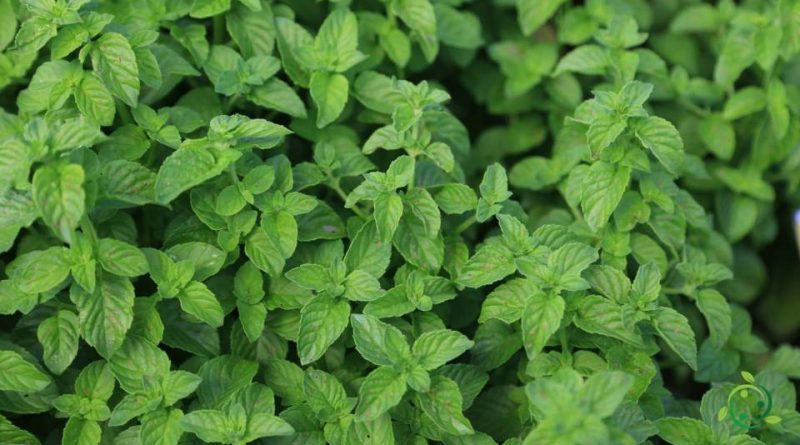How the Spearmint is grown
How the Spearmint is grown
The spearmint (Mentha spicata L., 1753) is a herbaceous perennial plant of the Lamiaceae family native to Mediterranean Europe. Widespread throughout the Italian territory, from the plain to 1,200 meters.
This plant, like all minds, can be easily reproduced by tip cutting or by planting pieces of rooted stolons. It can be grown in pots or in solid ground.
The spearmint has aromatic properties that are given by its essential oils present in greater quantities in the leaves. Their harvest takes place all year round even if during the month of August, in full bloom, they have the highest content of essential oils and menthol.
This plant is used in addition to new potatoes, peas, soups, stews, fruit salads, soft drinks and punch.
In medicine, the Mint infusion is digestive, treats colds and flu. With a mixture of leaves left to soak in oil, the parts affected by migraines, facial neuralgia, rheumatic and muscular pains are massaged. Mint-based rinses relieve sore throats.
Cultivation –
Spearmint is a plant that grows best in climates with cold, wet spring and hot, dry summer, and can grow in both full sun and shady areas.
As for the soil, a fertile, humus-rich, porous and well-draining substrate is recommended as it is a plant that suffers from water stagnation. For this reason it is good to avoid clayey or heavy soils.
If it is grown in pots, it is advisable to renew the soil every 2-3 years, to always have it rich in organic substances. It is also recommended to use clay pots that allow the soil to breathe.
Like all mints, it should be irrigated periodically and generously with the exception of a few days before harvesting in order to better synthesize and concentrate the essential oils.
Periodically then it is necessary to resort to the removal of the leaves and dry or damaged parts.
As for the multiplication, due to the very low germinability of the seeds, it is advisable to propagate the plant by cuttings of vegetative apexes. Or in the plant of at least one year of age, in spring, runners are taken and planted, at a depth of 10-15 cm, in the ground or in pots.
Among the plant diseases there are some parasitic fungi (such as Puccinia menthae) which manifest themselves with the stems and leaves that are filled with swellings and reddish dots which then evolve into blackish spots; in this case the infected plants must be eliminated and burned.
Even the Oidium, especially in little sunny environments, can attack the plant.

